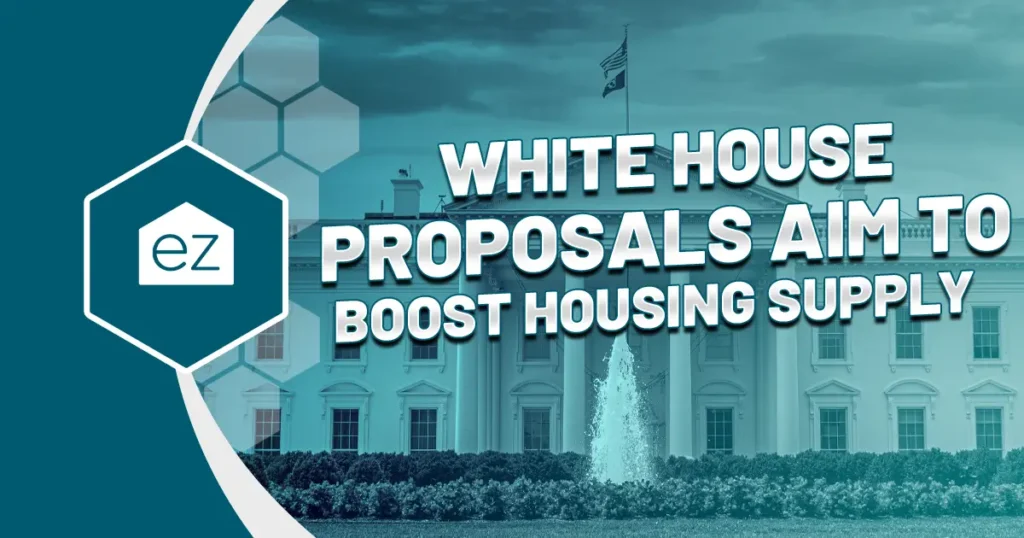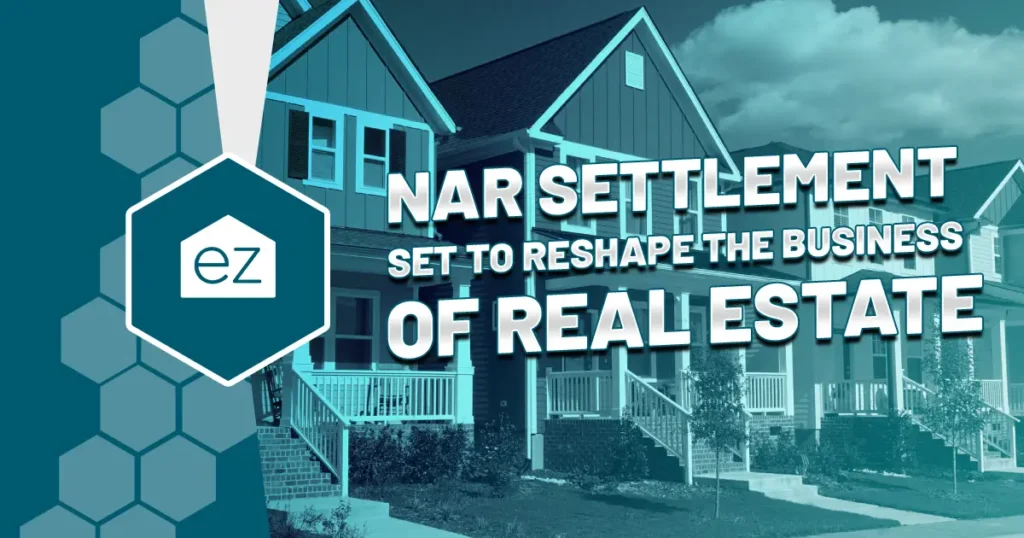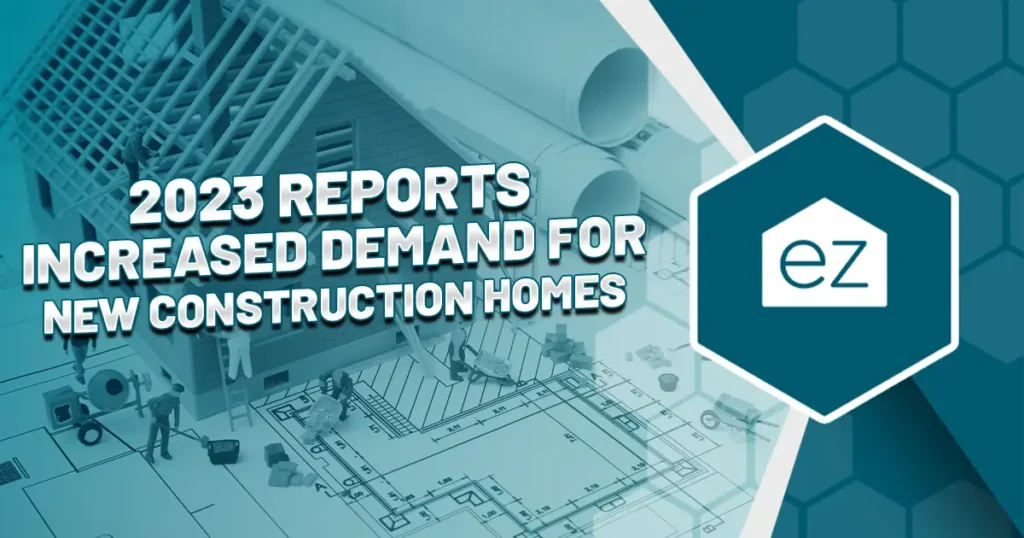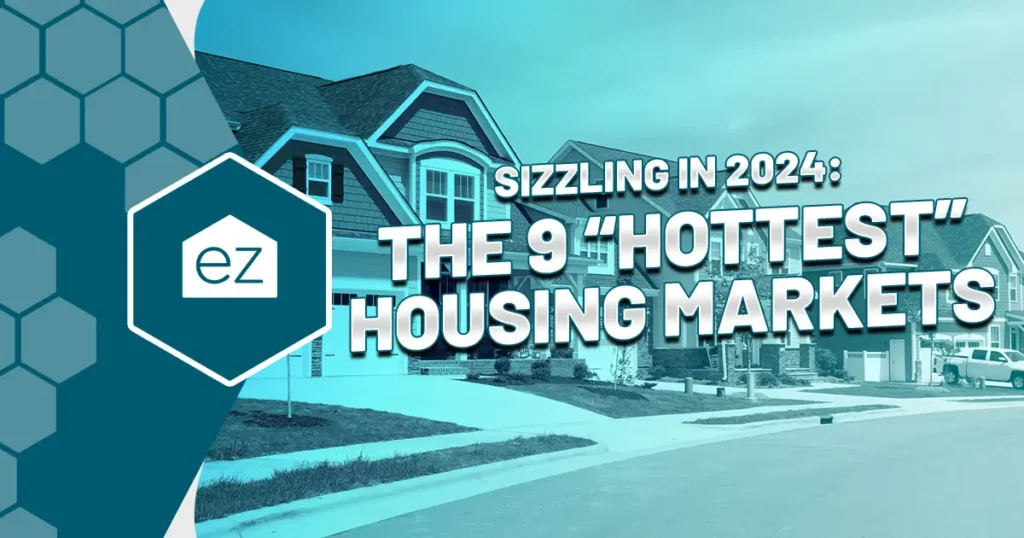The States With the Lowest Real Estate Taxes in 2023
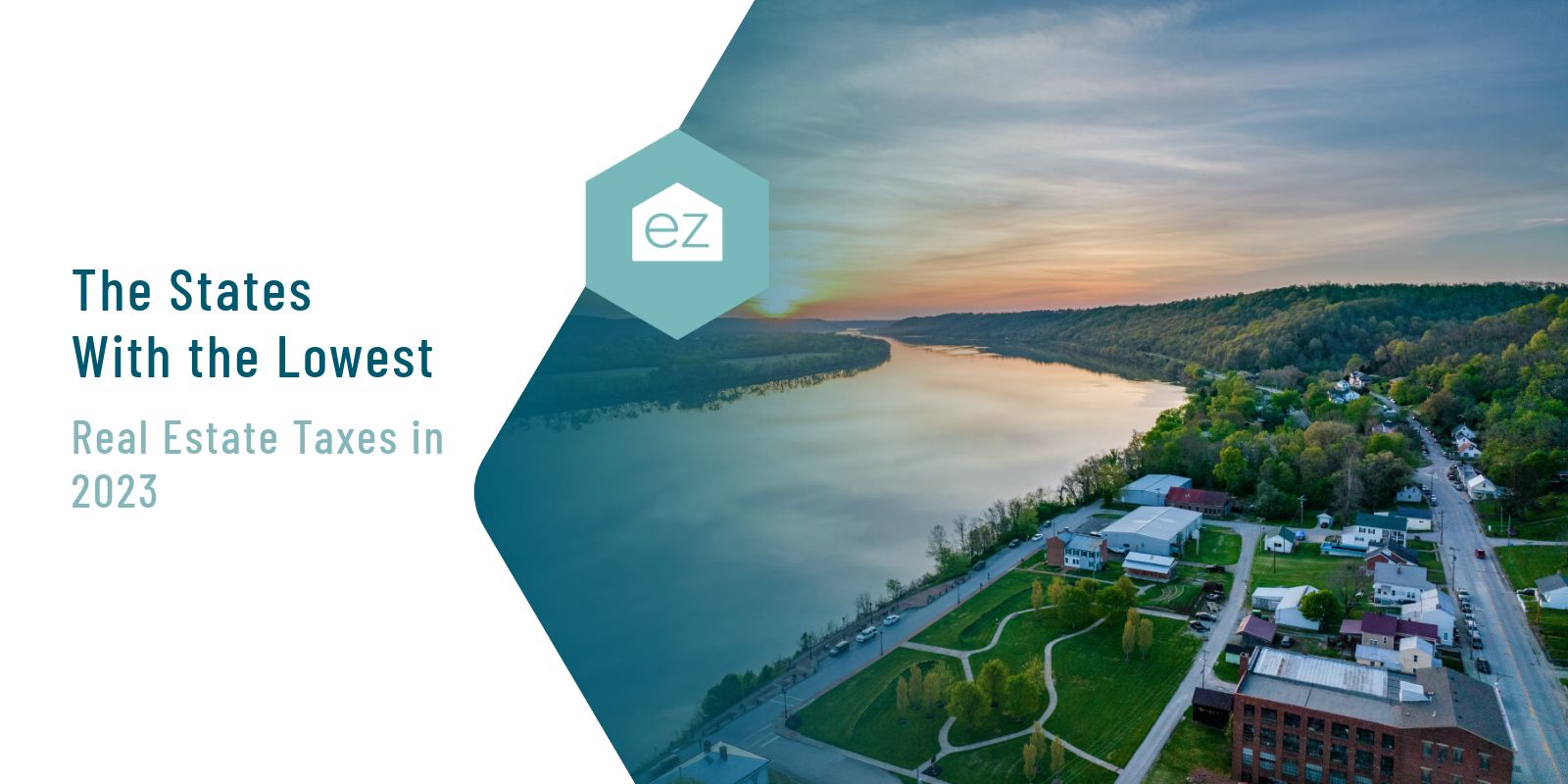
The States With the Lowest Real Estate Taxes in 2023
If you’re “average” regarding real estate taxes, then you can expect to pay nearly $3,000 a year. That’s no small amount, and it comes before considering other ownership expenses, like maintenance, renovation, and closing costs. Needless to say, real estate taxes can take a big bite out of your housing budget.
If you want to stretch your dollar, you might be thinking about moving to an area with low real estate taxes. But what is “low” by one metric may not be “low” to your pocketbook. Learn how tax rates are compared and what are the states with the lowest taxes for 2023.
10 states with the low real estate taxes
Real estate taxes can encompass the overall taxes you pay on your property, including state, county, municipal, school, and special district taxes. The thing is, every state will have different rules regarding how real estate are calculated. That’s not to mention housing values vary widely.
The effective tax rate is a common number used by evaluators to compare apples to apples. It’s a summation of what you can expect to pay if you live in a specific state expressed in an easy-to-understand percentage. It averages out what the local taxpayers paid for property taxes. It then divides this by the state’s median housing value in that year, coming up with the average effective tax rate.
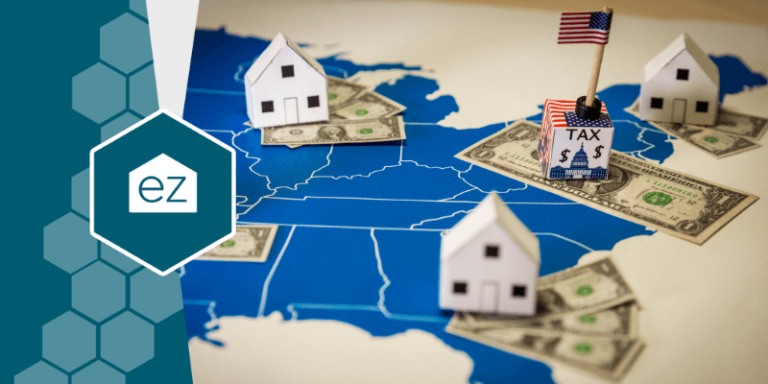
According to Fool Investing, the states where homeowners paid the least in average effective taxes were:
10. Delaware (0.62%)
9. Wyoming (0.61%)
8. Arizona (0.59%)
7. West Virginia (0.59%)
6. South Carolina (0.58%)
5. Utah (0.57%)
4. Nevada (0.55%)
3. Colorado (0.52%)
2. Alabama (0.43%)
1. Hawaii (0.29%)
Also, Fool noted that while the District of Columbia is not a state, if it was, it would have ranked around Arizona and West Virginia. According to the article, D.C.’s real estate taxes were 0.59%.
Additionally, keep in mind that these are state-wide numbers. One county in Hawaii, for example, could still see higher property taxes than a different county in Utah. Even so, this should give you an idea of which states carry a low tax burden for property owners.
And even though the average effective property taxes are low, you could be paying more than you think. Take top-ranked Hawaii, where homeowners paid an average of $1,879 in real estate taxes. If you re-sort the list based on the average dollar amounts paid based on the state’s median home value, the top five lowest states are:
5. South Carolina: $1,024
4. Louisiana: $983
3. Arkansas: $878
2. West Virginia: $756
1. Alabama: $646
So knowing the average effective tax rates list are helpful, but it’s not a blanket statement of what to expect if you move into a particular area. But to fully explore what that means, let’s dive into a few states and detail what paying taxes on real estate in those areas is like.
Understanding West Virginia Property Taxes

We’ve previously published a piece on West Virginia property taxes, and for good reason. West Virginia has some unique rules that will help highlight how much one state’s property taxes can differ from the next. If you’re curious about what makes West Virginia different, here are a few highlights from that piece:
- Ad Valorem: “Ad valorem” is another phrase for property taxes in West Virginia. The term is even used in the state documents. This phrase refers to all real, tangible personal property to which the taxes apply. In Latin, the phrase means something close to “according to the value.” In other words, an ad valorem tax is a tax that applies to a piece of property or a transaction based on the amount of value being transacted.
- Class II Properties: Residential real estate falls under the “Class II” division of properties in West Virginia. Other real estate, like agricultural or commercial, falls into different classes and has different taxing rules. Once the class is established, the property taxes are collected by county assessors.
- Limits: West Virginia limits how much these taxing authorities can charge on this particular class of properties. A mil equals $100, so if you’re charged 1 mil, you’ll pay $1 for every $100 of value. With Class II properties, the limits are that the state can only charge up to 0.50, the county 28.6, schools 45.9, and municipalities 25. There’s also an upper limit of 100%.
There are then state limits on how much local governments and municipalities can levy additional taxes beyond that. These state-imposed limits on real estate taxes generally keep property taxes stable.
Understanding South Carolina Property Taxes
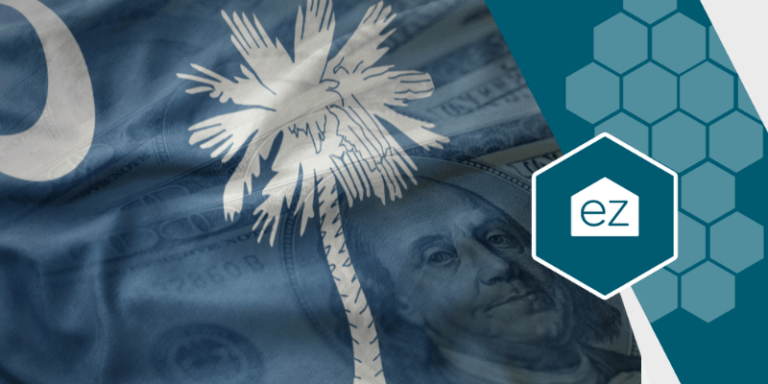
In contrast, look at South Carolina property taxes. Here are the key factors helping South Carolina rank so low in total real estate taxes:
- Low taxes: The South Carolina property tax rates are among the lowest in the nation. With a national average effective rate of about 1.07%, South Carolina only clocks in at a 0.57% average.
- Affordable home values: Another question in property taxes isn’t the rate but the value of the homes! For example, South Carolina’s median home price in 2019 was $162,300, putting median property taxes at $925.11 throughout the year.
- Mills: South Carolina also expresses its tax rates in “mills,” which it defines as $1 per $1,000 of assessed home value. For example, if the millage rate is 0.50, the homeowner would pay 0.50% of the home’s value, as assessed by local authorities.
- Limits: South Carolina has two assessment values. Residents only pay taxes on 4% of their home’s value, while non-residents or second homes are taxed at 6% of the home’s value.
Local municipalities and local areas may set millage rates at different numbers, which can mean that your local area may come in under or above the median property tax rate in South Carolina.
Understanding Colorado Property Taxes
Colorado property taxes are also called “ad valorem” taxes. Taxes are paid on 6.7615% of the home’s value. Even though this is low, median home values in Colorado are well above the other two example states. Colorado also expresses its rates in “mills,” with a similar system to South Carolina, but its definition is like West Virginia, where you pay $1 for every $100.
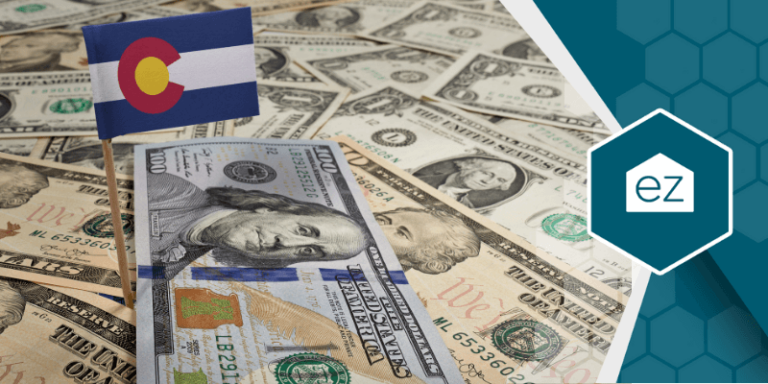
One key note with Colorado is that it has homestead exemptions, such as a Senior Property Tax Exemption for people 65 and older who have lived in the same Colorado home for ten years or more.
Where are the lowest real estate taxes?
When you dive into the state regulations and local statutes in the states, you’ll see why comparing property taxes is a tricky question to answer. A state may not require property taxes if it grants an exemption due to your individual circumstances. Or a local county may have higher taxes due to a local referendum that levies a new tax.
But using this guide, you can see which states tend to have the lowest real estate taxes, whether by effective rate or average paid out of pocket. Areas in the South, like South Carolina and West Virginia, are typically on the low end, which makes them attractive to home buyers looking to lower their costs.
Start Your Home Search
Preston Guyton
Share this Post
Related Articles
Real Estate News
White House Proposals Aim to Boost Housing Supply
Real Estate News
NAR Settlement Set to Reshape The Business of Real Estate
Real Estate News
2023 Reports Increased Demand for New Construction Homes
Real Estate News
